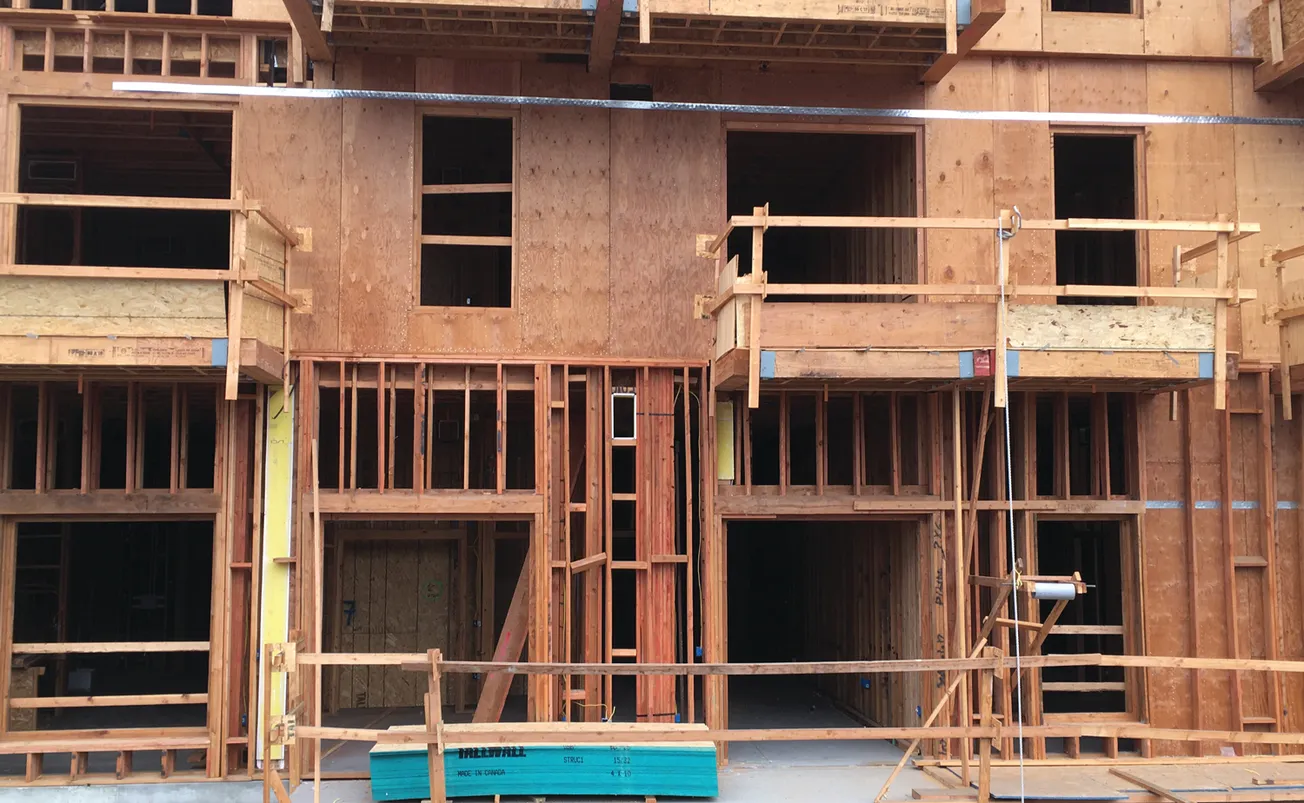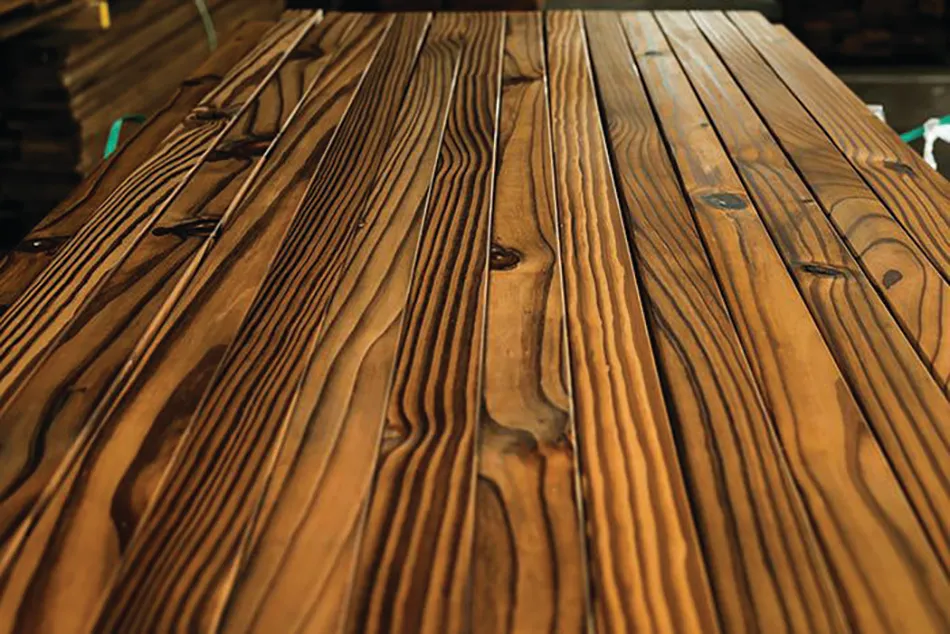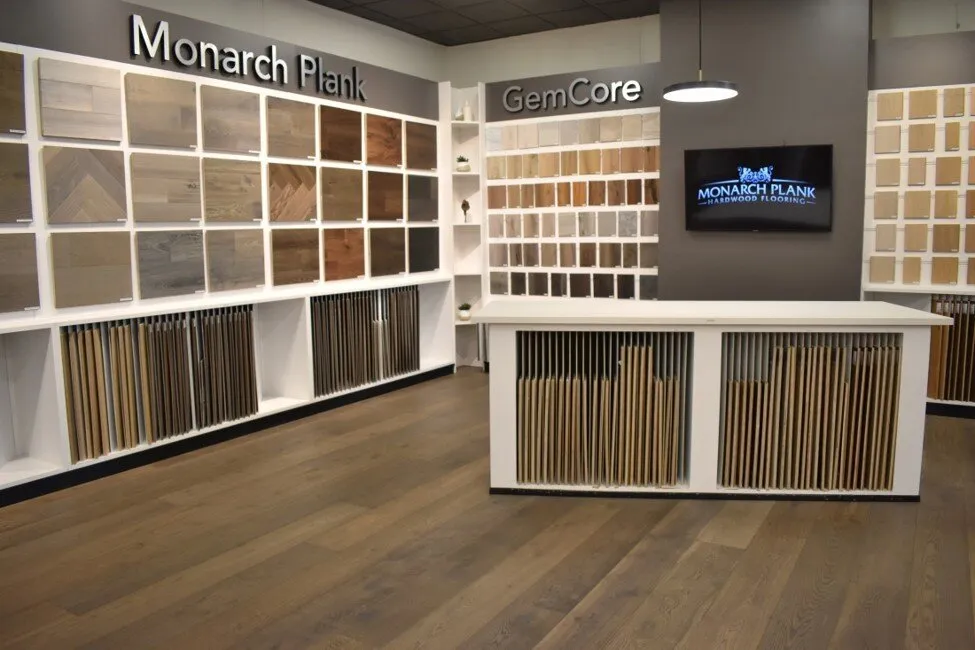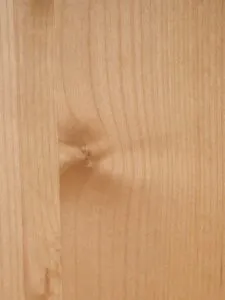Table of Contents
PARDON THE PUN, but interest in learning about fire-retardant-treated wood products continues to run hot.
For decades, fire retardant wood has been used in commercial and multifamily construction, most often as a substitute for non-combustible materials as allowed by building codes. Destructive wildfires in the West in recent years have prompted homeowners and others to look into pressure-treated fire retardant wood, particularly in areas with wildland-urban interface (WUI) regulations.
Visits to the website FireResistantWood.org, administered by Western Wood Preservers Institute (WWPI), increased by some 30 percent in 2022. The number of people viewing the site has increased by double-digit percentages since it debuted in 2018.
Many of those coming to the site were seeking information on fire-rated assemblies. These include pre-designed wall, floor and ceiling assemblies that have been tested for their fire resistance. Fire retardant manufacturers conduct the tests on such assemblies constructed from wood treated with their formulations.
Typically the assemblies are rated as one or two hours, which describes how long the assembly will maintain its structural capabilities when exposed to fire. During testing by an independent laboratory, an assembly is loaded to 100% of its design load and then exposed to flames to determine its endurance performance. Each assembly prescribes the list of materials used, including the insulation, gypsum board and even fasteners.
WWPI has seen a growing number of requests for wood that is both preservative- and fire-retardant-treated, most often for outdoor applications. However, there is no way to pressure treat for the vastly different protections.
Fire retardants for interior applications may contain components such as borates, which are used as preservatives. Check with the specific fire retardant manufacturer for more information on the formulation’s preservative properties.
While there are exterior fire retardants available, they are formulated to maintain the fire protection performance when exposed to the elements. As such, they don’t offer the same protections against insects and decay fungi found in preservatives.
Architects, designers and specifiers also are seeking more in-depth information on fire retardant wood. Online courses developed by WWPI set new records for downloads in 2022.










